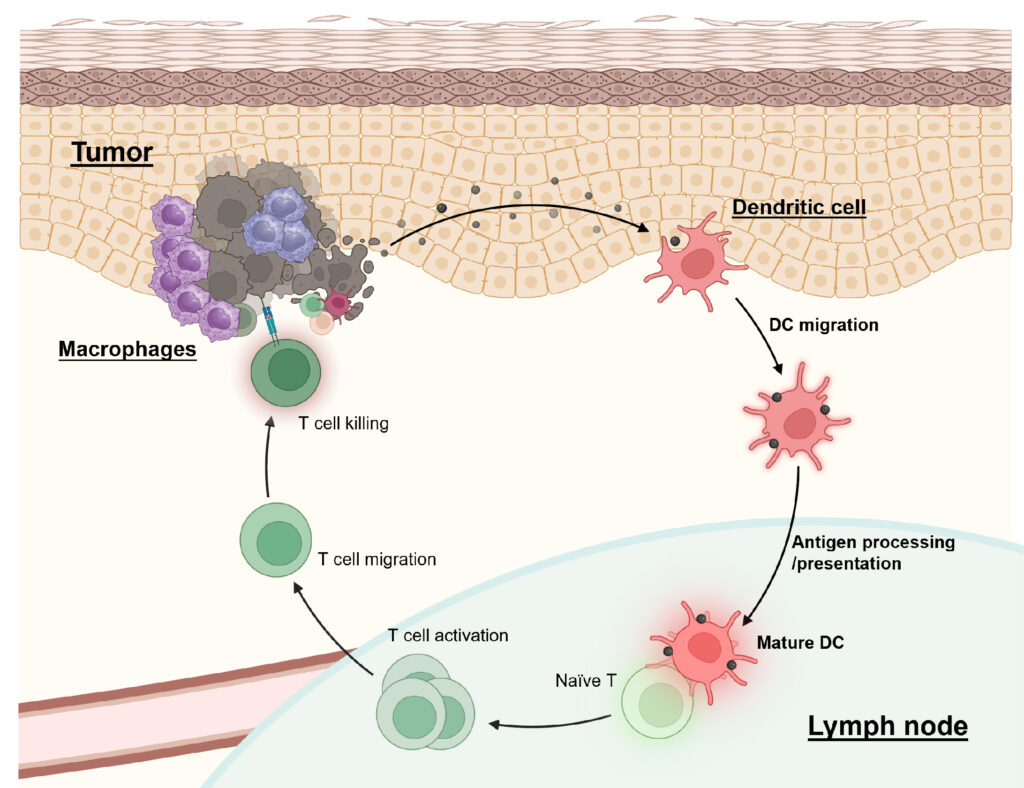Cancer poses one of the most significant and persistent challenges to our immune system, representing a major threat to human health. Understanding the intricate biology of how our immune system monitors tissues and mobilizes responses against malignant cells, and reciprocally how tumors exploit various strategies to evade immune surveillance, is crucial for advancing cancer treatment.
From a tissue biology perspective, our laboratory employs a multidisciplinary approach, integrating advanced imaging, immune profiling, genetic models and human specimens to decode the fundamental mechanisms underlying immune response initiation from lymphoid organs to tissues. We investigate the development and functional coordination of immune cells from central lymphoid organs, such as the bone marrow and thymus, to peripheral lymphoid organs, including lymph nodes and spleen, and finally to peripheral tissues. Additionally, we explore how tumor development and chronic viral infections disrupt these processes.
1. The Myeloid – lymphoid circuit between tissue and immune organ. A particular focus of our research is the interplay between Myeloid cells and T cells (the Myeloid-T axis) within the tumor microenvironment and related lymphoid structures. We concentrate on:
1). Dendritic Cells (DCs), the primary and most professional antigen-presenting cells, initiate and sustain anti-tumor immunity both in lymph nodes and tumor microenvironment.
2). Tissue Resident Macrophages (TRMs), safeguard and evolve with the tissue development. They help to maintain tissue homeostasis and also contribute to pathology.
Our goal is to understand how their functions are influenced by tumor initiation and progression and, in turn, how they affect T cell activity.
2. Immuno-pharmacology. In the current immunotherapy era, we recognize that the principles of mechanism of action (MOA) and pharmacology for macromolecular and cellular therapeutics significantly diverge from those of traditional small molecule drugs. This distinction is especially relevant for agonist drugs, where insights from small molecule inhibitors cannot be directly translated. By using cytokine agonists as a model, our lab aims to establish a new paradigm for the development and clinical application of agonistic drugs.

Copyright © 2025 Zhou Lab.